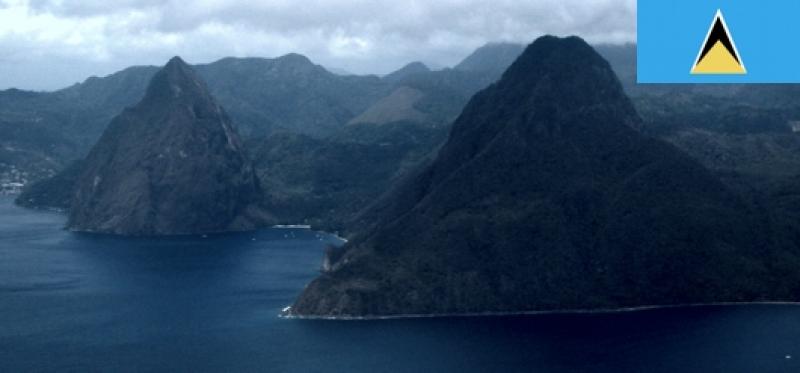Submitted by hbarnes on
Saint Lucia and Admiral Lord George Rodney
Britain vs France
who will rule the seas
“The enemy of my enemy is my friend”.
With the loss of the 13 states the English sought revenge on the French for aiding the Americans in the War of Independence.
The English first attacked St Lucia in 1778 known as the Battle of Cul de Sac. The English attacked and captured St Lucia establishing a naval base at Gros Islet and fortified Pigeon Island. The Island of St Lucia was to change hands no less than 14 times eventually yielding to the British in 1814.
He who ruled the Caribbean ruled the waves as vast amounts of money could be made through sugar plantations and of course slavery.
France therefore retaliated unleashing the pride of the French fleet under the command of Admiral Comte de Grasse in 1780. However they under-estimated the might of the English navy led by Admiral Lord George Rodney, new copper bottomed Warships and of course African and West Indian fighters and slaves purchased by the military. Sailing out of Gros Islet Bay the English attacked and decimated the French fleet.
In recognition of his accomplishments in the Caribbean a statue of Admiral Lord George Rodney stands proud in Kingston Square, Jamaica and Fort Rodney on the Island of St Lucia.
Another great leader with many connections to the Caribbean is Lord Horatio Nelson. On the base of the south side of Nelson’s Column is a representation of Nelson’s last moments at the battle of Trafalgar, 1805. Standing to the left of the image is a black crewman holding a musket and scanning the rigging of the French ship for snipers.
Due to continual Anglo – French hostilities spanning more than 150 years and other enemies of the Empire not least tropical diseases and slavery rebellions, a new approach was required.
So was born in 1795 England’s secret weapon The West India Regiment.
[main photo taken by Chensiyuan and used under the GNU Free Documentation License]
- hbarnes's blog
- 2623 reads

